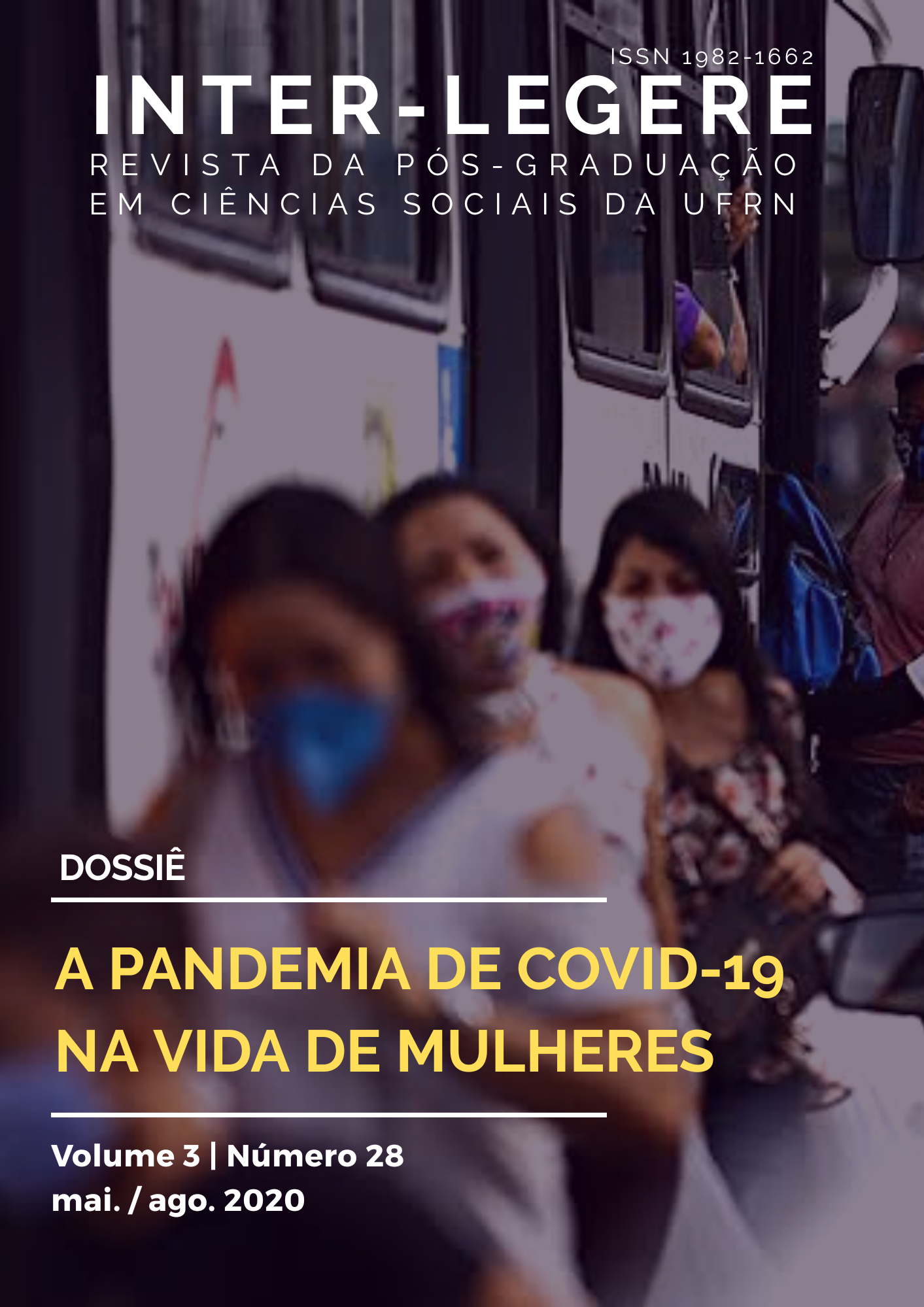O TRABALHO DE MULHERES JORNALISTAS DURANTE A PANDEMIA DA COVID-19
um estudo de caso dos reordenamentos produtivos no Ceará
DOI:
https://doi.org/10.21680/1982-1662.2020v3n28ID20842Abstract
This article reflects on the work of women journalists in Ceará during the Covid-19 pandemic. With the social isolation imposed by the state government as one of the actions to combat the pandemic, women had to adapt professional activities to their home enviroment, dividing the workforce between the profession, domestic chores and caring for the family (BIROLI, 2018; FEDERICI, 2019; HUWS, 2014). To observe this scenario, this exploratory case study (YIN, 2001) draws on data obtained from the national survey “How communicators work in times of the Covid-19 pandemic”, carried out by the Communication and Work Research Center (CPCT- ECA-USP); and information from semi-structured interviews with eight journalists from Ceará. The results show that the home office and home-office rotation systems, adopted during the pandemic, deepen the already consolidated scenario of precarious journalistic work (FÍGARO, 2013; MICK; LIMA, 2013;) and the work of women journalists, specifically (FIGARO, 2018; LELO, 2019;); and generate intensification of the work rhythm, higher demand for productivity and psychological / emotional exhaustion of the professionals; in addition to showing a sexual division of labor that is still prevalent, but selective.


 Português (Brasil)
Português (Brasil) English
English Français (Canada)
Français (Canada) Español (España)
Español (España)





